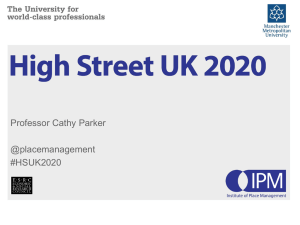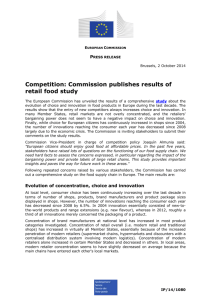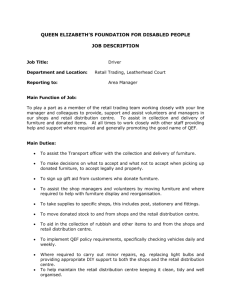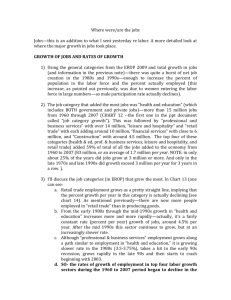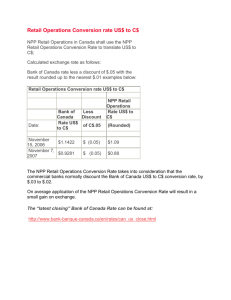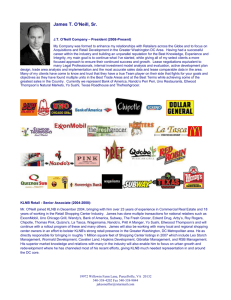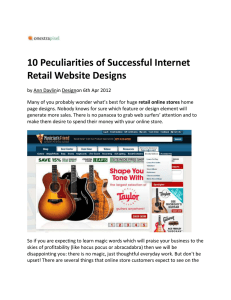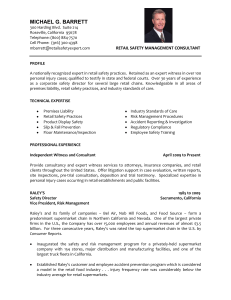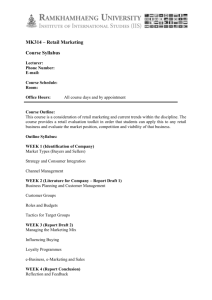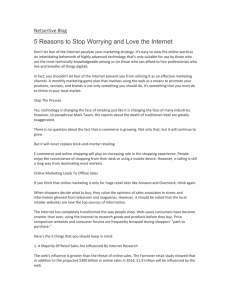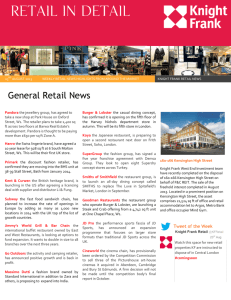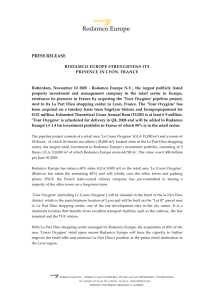Retail change and the urban renaissance: recasting the shopping
advertisement
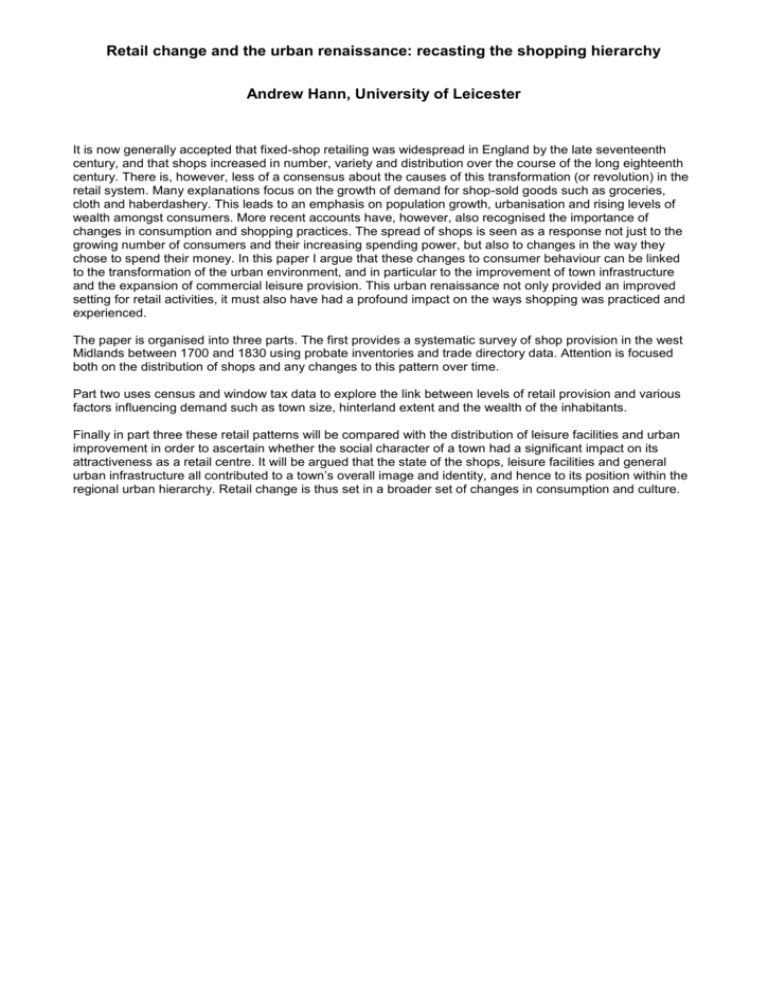
Retail change and the urban renaissance: recasting the shopping hierarchy Andrew Hann, University of Leicester It is now generally accepted that fixed-shop retailing was widespread in England by the late seventeenth century, and that shops increased in number, variety and distribution over the course of the long eighteenth century. There is, however, less of a consensus about the causes of this transformation (or revolution) in the retail system. Many explanations focus on the growth of demand for shop-sold goods such as groceries, cloth and haberdashery. This leads to an emphasis on population growth, urbanisation and rising levels of wealth amongst consumers. More recent accounts have, however, also recognised the importance of changes in consumption and shopping practices. The spread of shops is seen as a response not just to the growing number of consumers and their increasing spending power, but also to changes in the way they chose to spend their money. In this paper I argue that these changes to consumer behaviour can be linked to the transformation of the urban environment, and in particular to the improvement of town infrastructure and the expansion of commercial leisure provision. This urban renaissance not only provided an improved setting for retail activities, it must also have had a profound impact on the ways shopping was practiced and experienced. The paper is organised into three parts. The first provides a systematic survey of shop provision in the west Midlands between 1700 and 1830 using probate inventories and trade directory data. Attention is focused both on the distribution of shops and any changes to this pattern over time. Part two uses census and window tax data to explore the link between levels of retail provision and various factors influencing demand such as town size, hinterland extent and the wealth of the inhabitants. Finally in part three these retail patterns will be compared with the distribution of leisure facilities and urban improvement in order to ascertain whether the social character of a town had a significant impact on its attractiveness as a retail centre. It will be argued that the state of the shops, leisure facilities and general urban infrastructure all contributed to a town’s overall image and identity, and hence to its position within the regional urban hierarchy. Retail change is thus set in a broader set of changes in consumption and culture.





